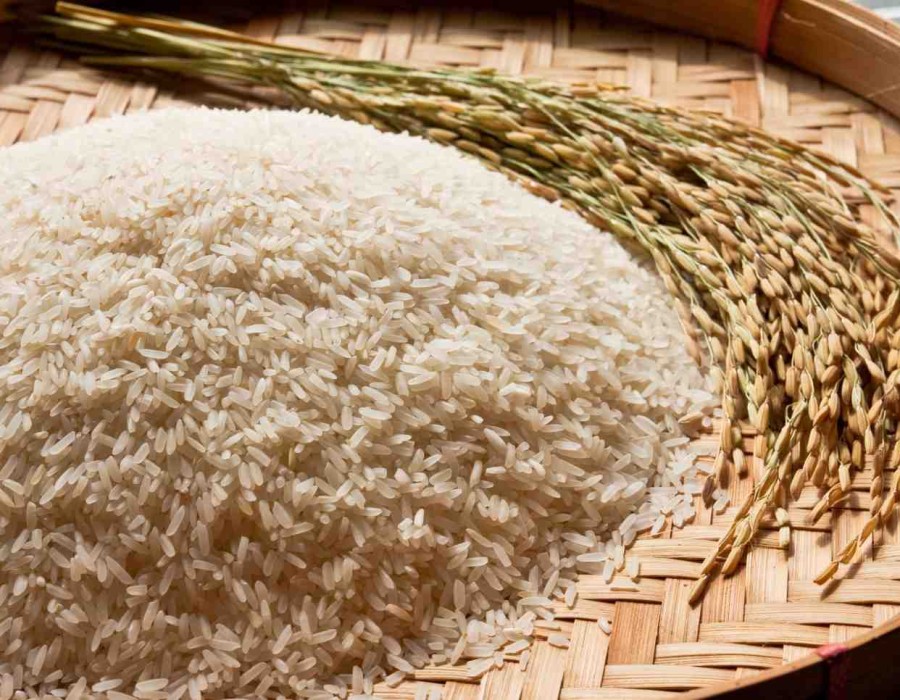Rice has been an inseparable part of Indian cuisine for thousands of years. From steaming plates of biryani to comforting bowls of khichdi, this grain finds its way into almost every household. However, in recent years, many people have started questioning its place in a healthy diet. Concerns about weight gain, diabetes, or excessive carbohydrate intake often lead to people avoiding rice altogether.
The truth is—rice is not unhealthy by itself. The way it is cooked, the portion sizes, and the type of rice you choose make all the difference. By making small adjustments, you can continue enjoying rice every day while still maintaining good health. Let’s explore some practical ways to include rice in your diet without guilt.
1. Choose Healthier Rice Varieties
The first step toward making rice healthier is picking the right type. Not all rice is the same; different varieties come with unique health benefits:
- Brown Rice – Rich in fiber, vitamins, and minerals. It keeps you full for longer and helps with digestion.
- Red Rice – Packed with antioxidants like anthocyanins that support heart health.
- Black Rice – Known as “forbidden rice,” it is high in protein and iron, making it a superfood.
- Laghu Rice – A lighter variety often preferred for its easy digestibility and balanced nutritional profile.
Including a mix of these varieties in your weekly meals ensures you get both taste and nutrition.
2. Practice Portion Control
The problem with rice isn’t always the grain itself—it’s the amount we eat. In many households, rice occupies half the plate, while vegetables and proteins take up very little space. A healthier approach is to use the plate method:
- Half the plate should be vegetables,
- One-quarter protein (like dal, fish, or paneer),
- One-quarter rice.
This way, you can still enjoy rice daily without overloading on carbs.
3. Pair Rice with Balanced Dishes
Rice works best when combined with foods that balance its nutritional profile. Some smart pairings include:
- Rice + Dal (Lentils): A complete protein, perfect for vegetarians.
- Rice + Vegetables: Boosts fiber and vitamins.
- Rice + Yogurt/Curd: Cools the body and aids digestion.
- Rice + Lean Meat or Fish: Adds protein, making the meal more filling and nutrient-dense.
This approach ensures your meals are wholesome rather than just carb-heavy.
4. Experiment with Cooking Techniques
How you cook rice has a big impact on its nutritional value:
- Steaming/Boiling: The healthiest way—minimal oil, retains nutrients.
- Pressure Cooking: Saves time and preserves the natural taste.
- Draining Excess Starch: Especially useful for people managing weight or diabetes, as it lowers calorie density.
Instead of frying or adding too much butter/oil, try cooking rice with light spices, herbs, or a small drizzle of ghee for flavor without heaviness.
5. Add Rice to Breakfast & Snacks
Rice doesn’t need to be limited to lunch or dinner. Many Indian households already use rice in creative breakfast and snack recipes. For example:
- Poha (Flattened Rice): A light yet filling dish made with vegetables and peanuts.
- Idli & Dosa: South Indian favorites made from fermented rice and lentils, great for gut health.
- Rice Pancakes/Chillas: Easy to make and versatile with vegetables.
- Puffed Rice Snacks (Muri, Bhel): Perfect for evenings with tea when made with fresh veggies and chutneys.
These recipes make rice more exciting while still being easy on the stomach.
6. Switch to Lighter Meals at Night
One common mistake is eating a large portion of rice at dinner. Since our metabolism slows down at night, it’s better to opt for lighter rice meals in the evening. You could go for a small bowl of curd rice, vegetable pulao, or lemon rice instead of a heavy biryani or fried rice. This ensures you enjoy rice without feeling sluggish before bed.
7. Mindful Eating & Lifestyle Balance
Ultimately, rice is just one part of your diet. Eating mindfully, chewing slowly, and avoiding overeating are as important as choosing the right variety. Combine rice meals with regular physical activity, hydration, and seasonal fruits to maintain balance.
Final Thoughts
Rice doesn’t deserve the bad reputation it often gets. With the right choices—like switching to brown or red rice a few times a week, trying easily digestible varieties such as Laghu rice, and focusing on portion control—you can enjoy rice daily without compromising on health.
Instead of cutting it out, rethink how you prepare and serve it. After all, rice has been a symbol of nourishment and comfort in India for generations, and with a few healthy practices, it can continue to be a staple in modern diets too.





Comments